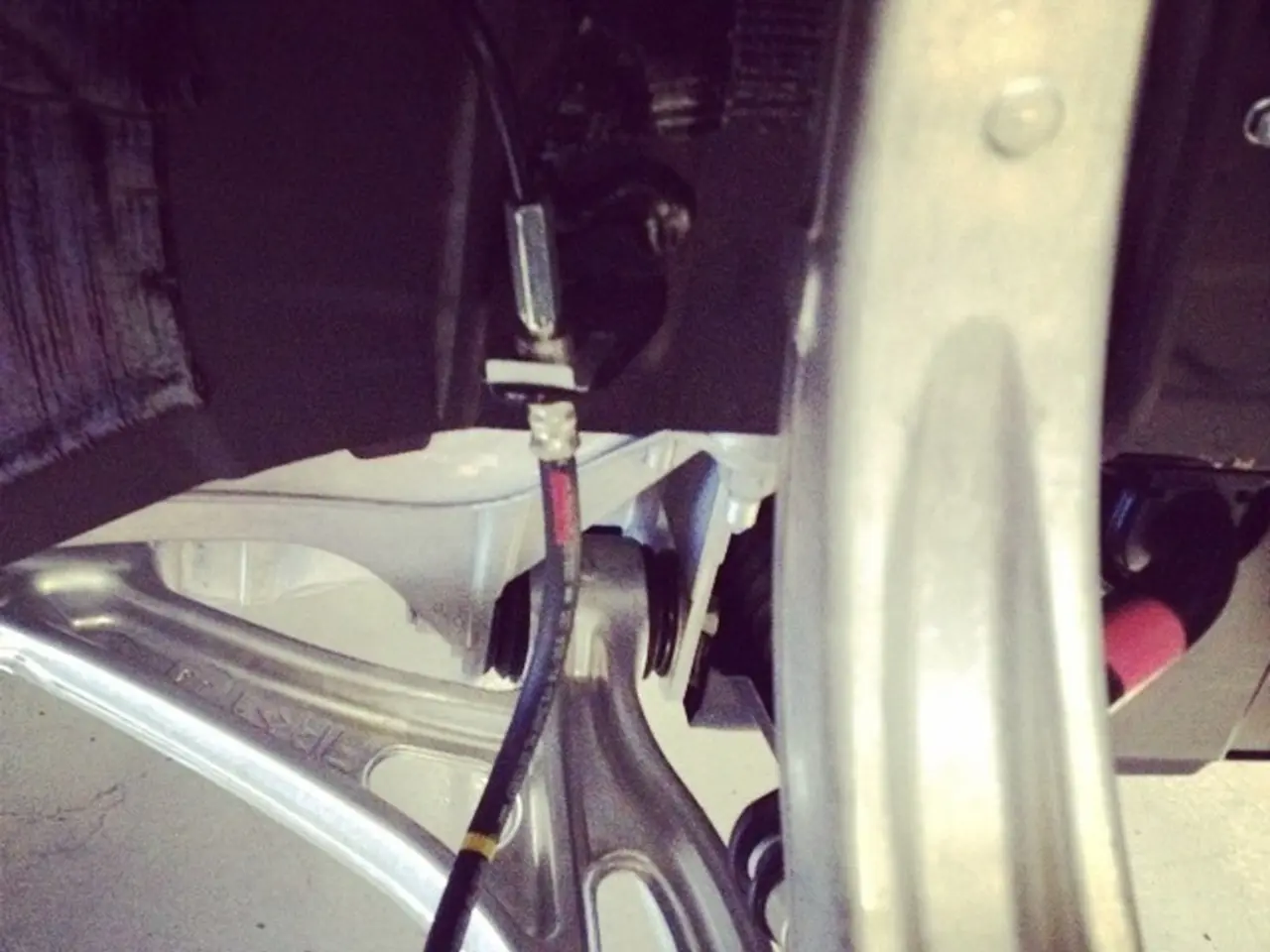Exploring the Path Ahead with Magnet-Driven Engines: Revolutionary Advancements Reshaping Tomorrow's Energy Sector
Magnetic motors, particularly the latest innovations such as rare-earth-free, contactless, and axial-flux designs, are poised to transform the future energy landscape and transportation systems. These advancements promise more sustainable, efficient, and powerful electric drive technologies.
One key innovation is the development of magnet-free "perfect motors". These motors, which combine magnet-free contactless MCT (Magnetically Coupled Transmission) motors and high-endurance oil-cooled SCT motors, offer zero-maintenance, continuous full-power operation without rare earth materials. This reduces dependency on rare earth magnets, which are costly and geopolitically sensitive, while improving motor reliability and efficiency [1].
Another significant development is the optimization and reduction of rare-earth magnets. Techniques like grain boundary diffusion have been employed to cut heavy rare earth content by over 70%, lowering costs and maintaining performance. Although rare earth permanent magnet motors are expected to retain a major market share due to their high efficiency and power density, especially in e-mobility and wind energy sectors, these advancements are crucial for reducing reliance on these materials [3][4].
Axial-flux iron magnet motors, such as those developed by companies like Conifer Motors, are another promising innovation. These motors utilize abundant iron instead of rare earths, offering higher torque, lower RPMs, and the potential to break reliance on Chinese-controlled magnet supply chains, supporting local sourcing and sustainability [5].
These innovations have potential applications across various sectors. In the realm of electric vehicles (EVs) and fleet electrification, these new motors promise lighter, more power-dense drives with reduced costs and environmental impact. Magnet-free and iron-based magnet motors could reduce supply chain risks while improving vehicle efficiency, maintenance, and lifetime [1][5].
In the realm of renewable energy integration, high-performance motors are critical for wind turbines and other clean energy technologies, supporting decarbonization trends driving rare earth demand growth through 2036 [3].
Future transportation systems and infrastructure also stand to benefit from these magnetic innovations. Emerging concepts like magnetic levitation (Maglev) transport and ultra-fast pods, which can achieve speeds up to 600 mph by combining magnetics and smart technology integration, are poised to revolutionize travel times and energy use [2].
Smart, connected transportation networks are another area where these motor advances can make a significant impact. Combined with AI, IoT, and big data, these innovations enable more intelligent fleet management, predictive maintenance, and dynamic routing, significantly improving efficiency and reducing emissions [2].
In summary, magnetic motor innovations—from magnet-free perfect motors to axial-flux iron-based designs—are set to reduce rare earth dependency, lower costs, enhance motor durability and power density, and facilitate cleaner, smarter transportation and energy systems. These advancements are crucial to the transition towards sustainable mobility and energy landscapes [1][2][3][5].
The Magnetic Motor Company serves as a pioneering case study, showcasing practical applications and potential for widespread adoption of these technologies. Embracing these innovations can guide us towards a sustainable, technologically advanced future.
- The development of magnet-free "perfect motors" is set to impact the lifestyle sector significantly, as they offer zero-maintenance, continuous full-power operation without rare earth materials, contributing to a more sustainable and efficient future.
- In the field of science and technology, the optimization and reduction of rare-earth magnets have crucial implications, playing a key role in reducing the demands for geopolitically sensitive materials, maintaining performance, and lowering costs.
- The sports industry may also benefit from advances in magnetism, as magnetic levitation (Maglev) transport systems could potentially revolutionize travel times and energy use, enabling new possibilities for sports events and competitions across the globe.




